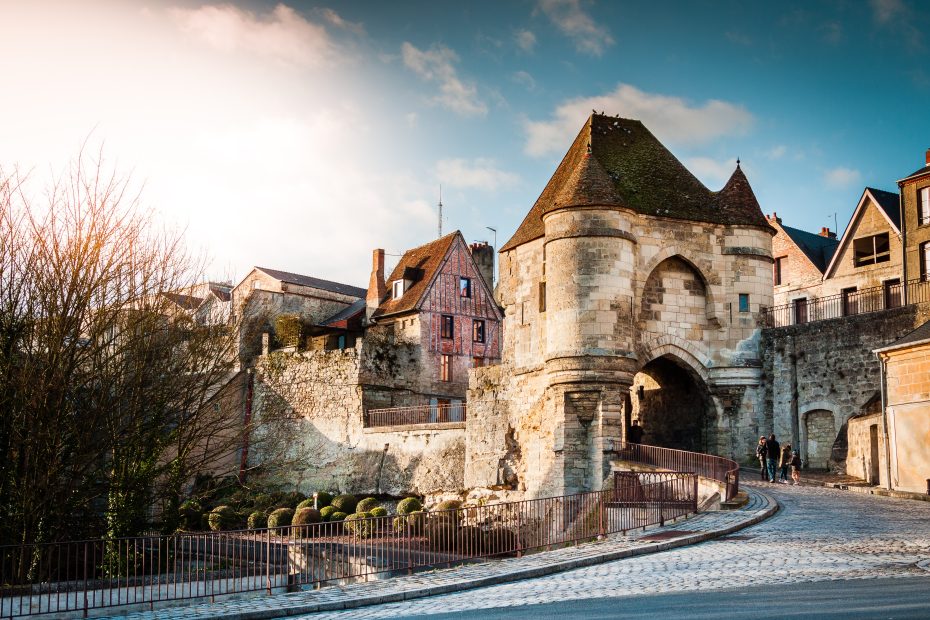Table of Contents
Introduction
Nestled in the hills of northwest Jordan lies the majestic Ajloun Castle, an impressive medieval fortification with a long and storied history. Built in 1184 CE by the Ayyubids, the castle served as a military stronghold and protected trade routes between Jordan and Syria for centuries. Today, Ajloun Castle is a top tourist destination, giving visitors a glimpse into medieval life while also enjoying its breathtaking hilltop views. Join us as we explore this architectural jewel and uncover the secrets held within its walls.
Construction and Architecture
Ajloun Castle was constructed in 1184 CE under the orders of Izz al-Din Usama, a general under famous Muslim leader Saladin. The castle was strategically built atop a hill to provide maximum visibility and defensive capabilities. Its construction involved quarrying local iron-rich green stone, which gives the castle its distinctive color.
The layout consists of the lower courtyard and an upper courtyard, which contains the main tower and quarters. The lower courtyard features stables, kitchens, storage rooms, a mosque, and a palace. A series of staircases and ramps connect the two courtyards, complete with arrow slits to rain missiles down on intruders. The upper levels hold the glorious throne room and residential quarters outfitted with heating, bathrooms, and latrines. This advanced level of comfort and engineering reflects the brilliance of medieval Islamic architecture.
Purpose and Strategic Importance
As a hilltop citadel, Ajloun Castle served the vital purpose of protecting trade routes between Jordan and Syria as well as the pilgrimage road to Mecca. It safeguarded the region from potential Crusader advances while also launching defensive measures against Mongol invaders in the early 13th century. The castle’s location granted visibility for miles, allowing defenders to spot approaching threats well in advance.
Beyond military defense, the castle also demonstrated the regional influence of the Ayyubid dynasty under Saladin. Control of trade routes meant economic power, and the imposing fortification was a symbol of strength. For centuries, Ajloun Castle stood as an indestructible sentinel, weathering the storms of war and chaos.
Life in the Castle
Within Ajloun Castle’s formidable walls lived the soldiers and servants who maintained daily life. The lower levels housed stables holding horses and camels, utilized by the cavalry and for transport. Kitchens bustled with activity as cooks prepared meals over medieval hearths and ovens. Storage rooms brimmed with supplies from weapons to grains and produce.
On the upper levels resided the commander and other high-ranking members of the garrison. Bedrooms contained luxuries like glass windows and bathing facilities. Latrines had advanced plumbing and sanitation unheard of in medieval Europe. A mosque provided a place for worship and reflection. Guard patrols kept watch from the ramparts while servants carried out their duties. Outside the walls, villages housed the local peasants who farmed the countryside.
The Castle Today
After centuries of use, Ajloun Castle was abandoned in the late 13th century but was restored in the 20th century. Jordan’s Department of Antiquities preserves and maintains the site today, where restoration efforts continue. While some damage from earthquakes exists, the castle exudes a sense of timeless magnificence. The green tones of the native stone contrast beautifully with the blue sky.
As Jordan’s most important medieval fortress, Ajloun Castle is a popular tourist destination. Visitors can explore the winding staircases, towering walls, grand arches, and vaulted chambers. Placards provide historical context in multiple languages. The castle even hosts an annual cultural festival celebrating traditional music, dance, and food. For a experience of Jordan’s rich history, Ajloun is a must-see.
Visiting the Castle
Ajloun Castle is open Tuesday to Sunday from 8 AM to 6 PM during summer (April to September) and 8 AM to 4 PM in winter (October to March). It is closed on Mondays and official holidays. Entry costs around 3-4 USD for foreigners. There is a small parking lot available, but public transit options are limited.
Upon arriving, visitors first encounter the lower courtyard and can admire the soaring entrance. Climbing up reveals the picturesque upper levels with gorgeous views of the countryside. Walking along the ramparts provides a warrior’s perspective. Displays inside the rooms bring history to life through models and archaeological artifacts. Allow 1-3 hours to fully experience the castle.
Significance and Legacy
The tremendous legacy of Ajloun Castle stems from its dual role as both a protective stronghold and symbol of power. As a nearly impenetrable fortress, it shielded Jordan from foreign conquest for centuries and witnessed pivotal moments in medieval history. The castle also stands as a monument to the Ayyubid Empire’s strength and sovereignty.
Architecturally, Ajloun represents an outstanding example of medieval Islamic military structures, blending form and function. The clever defensive elements and luxurious amenities reflect sophisticated engineering skills. Ajloun Castle’s symbolic impact continues today, representing Jordanian national heritage. Just as this grand fortress endured the ages, so too does its mighty history.
Conclusion
Ajloun Castle has enthralled visitors for centuries with its magnificent setting and captivating history. Exploring its stone halls provides an immersive journey into medieval Islamic culture. Strategically built, magically preserved, and lovingly restored, Jordan’s pride and joy continues to share its hidden treasures and untold stories. Beyond a military edifice, Ajloun Castle stands as a work of art, carrying the glory and legacy of an unforgettable era.
FAQs
When was Ajloun Castle built?
Ajloun Castle was built in 1184 CE under the Ayyubid dynasty.
What materials were used to build it?
The castle was constructed from local iron-rich green stone, giving its distinctive color.
Who lived in the castle?
Soldiers, commanders, servants, cooks, and stable workers lived within the castle walls. Nearby villages housed peasant farmers.
What can visitors see and do there today?
Visitors can explore the staircases, chambers, mosque, and ramparts. Displays provide historical information. An annual cultural festival is also held on site.
Why was its location strategically important?
The hilltop position gave visibility of approaching threats from miles away and controlled regional trade routes.
